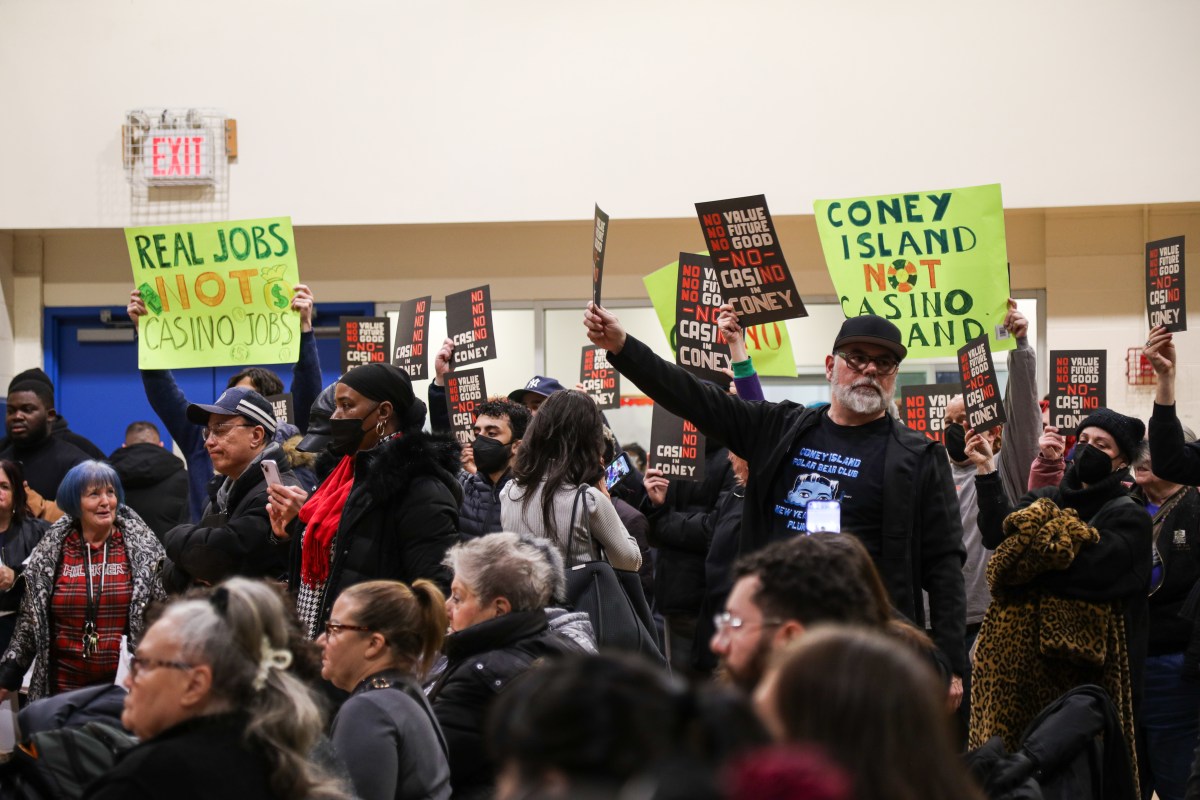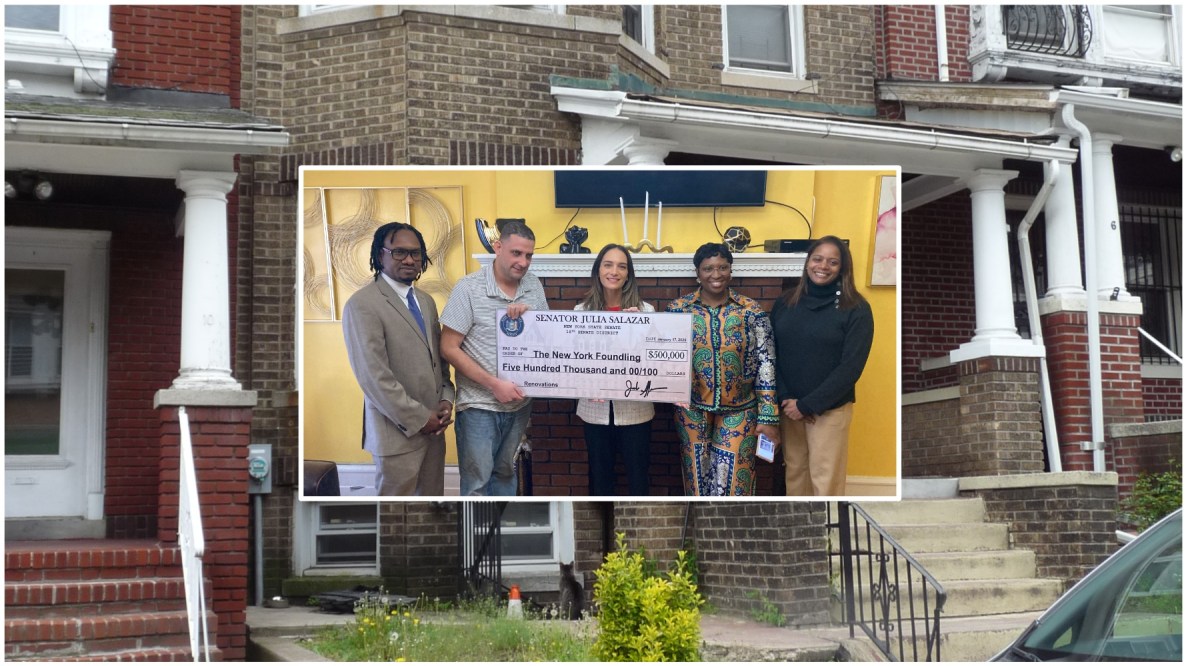Commuters aren’t the only ones who would benefit from the new L train rehabilitation plan touted by Gov. Andrew Cuomo, real estate experts say.
Williamsburg’s rental market is poised to rebound from the modest losses it sustained in the years since the MTA announced it would need to close the tunnel that serves the L train between Manhattan and Brooklyn for 15 months for superstorm Sandy-related repairs.
Andrew Barrocas, CEO of the Williamsburg-based real estate firm MNS, said he saw demand for apartments in the neighborhood almost immediately increase in the days following Cuomo’s announcement that repairs could be made on nights and weekends, averting a full shutdown of service.
“The main concern for people was, ‘How am I going to get to work?’ And that’s now been eliminated,” Barrocas said.
Despite officials’ dire warnings of nightmare commutes, a report released in December by real estate listing firm StreetEasy found that apartment demand in Williamsburg had dropped by just 1 percent since October 2017. While the neighborhood was the only one in the city to show a drop in demand during that time period, StreetEasy researchers were surprised there wasn’t a larger decrease as the L train shutdown loomed.
Similarly, the median rent in Williamsburg never nose-dived the way some experts expected it to in the months ahead of the planned subway closure, according to StreetEasy.
With promises of normal weekday service restored, Barrocas and Mike Salvatico, first vice president of investments at real estate firm Marcus & Millichap, said New Yorkers can expect to see changes in rents as well as the number of concessions landlords are offering.
“I think that landlords are not going to be as eager to negotiate to just get a tenant signed. They’re going to feel like they have a little more power now,” Salvatico said.
MNS, which has two offices in Williamsburg, is already planning to pull back on two-year lease offers that were designed to incentivize people to stay in Williamsburg through the L train shutdown, according to Barrocas.
“I’ve already been speaking to my clients about when we’re going to stop them,” he said. “We don’t need to do that anymore.”
Many building owners are also likely considering rent increases, according to Barrocas and Salvatico, who both noted that ferry service promised as part of the L train shutdown mitigation plans had already helped stabilize the rental market in late 2018 by eliminating a lot of uncertainty for commuters.
“I feel that you’re going to see rental prices continue to increase, and they have been increasing ever since they announced the water ferry that was going to go from North 6th [Street] and Stuyvesant landing,” Barrocas added.
The new L train rehabilitation plan still needs to be approved by the MTA board, and the MTA has not yet said whether ferry service between Williamsburg and Stuyvesant Town will be part of the revised proposal. But Barrocas said it wouldn’t make that much of a difference to renters if the service was axed because the return of weekday L train service provides the same commuting certainty that the ferry offered.
“Overall, I think it’s a good thing for owners and a good thing for residents because the people that I’m speaking to, they’re happier that they’re going to have the L train partially as opposed to a slightly discounted rent,” Barrocas said of the new L train plans. “They want to be in Williamsburg and they’re willing to pay a premium to do that, so I think overall it’s a win-win for both the tenants as well as the owners.”
Williamsburg is such a sought-after neighborhood, both Barrocas and Salvatico said many people were willing to live there even if a full L train shutdown had materialized.
“We had a tremendous amount of people, even with the L train closure, still interested in Williamsburg and it’s because it’s the most popular area for people in Brooklyn and that’s only going to magnify now,” Barrocas said.



































